American Music: From Jazz to Hip-Hop
American music represents a vibrant tapestry of diverse genres, reflecting the nation’s rich cultural heritage and innovative spirit. From the soulful melodies of jazz to the infectious rhythms of hip-hop, American music has shaped global soundscapes and captivated generations.
The Roots of American Music: Native American and Colonial Influences
The roots of American music are deeply intertwined with the diverse cultures that shaped the nation. Long before the arrival of European settlers, Native American tribes possessed rich musical traditions integral to their ceremonies, storytelling, and daily life. These traditions, characterized by unique vocal styles, drumming patterns, and instruments crafted from natural materials, formed the earliest layers of American musical heritage.
The influx of European colonists in the 17th and 18th centuries introduced a wave of new musical influences. British folk ballads, Irish fiddle tunes, and German hymns began to interweave with existing Native American traditions, laying the groundwork for the development of distinct American musical forms. The arrival of enslaved Africans further enriched this musical tapestry, as their powerful vocal traditions and rhythmic sensibilities infused American music with new depth and complexity.

The Birth of Jazz: From New Orleans to the World
At the dawn of the 20th century, a revolutionary musical genre emerged from the vibrant streets of New Orleans: jazz. A melting pot of diverse cultures and musical traditions, New Orleans provided the fertile ground for this innovative art form to take root. Drawing upon elements of African rhythms, European harmonies, and the blues, jazz blossomed in the city’s dance halls and brothels, captivating audiences with its infectious energy and improvisational spirit.
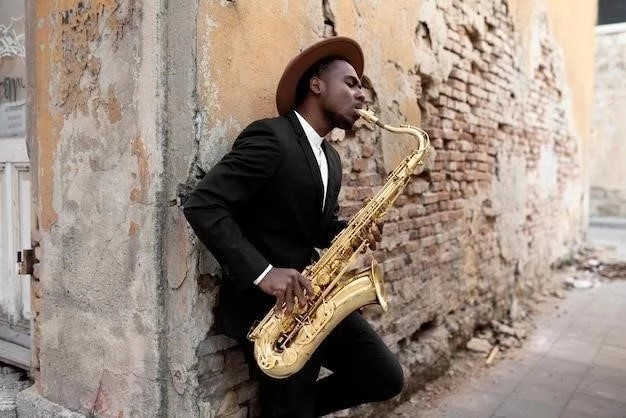
Characterized by syncopated rhythms, intricate harmonies, and a call-and-response structure rooted in African traditions, jazz provided musicians with unprecedented freedom for personal expression. Pioneering figures such as Louis Armstrong and Duke Ellington elevated jazz to new heights, showcasing its virtuosity and emotional depth. From its New Orleans birthplace, jazz swept across the United States, transforming the nation’s musical landscape and ultimately captivating the world with its infectious energy and innovative spirit.
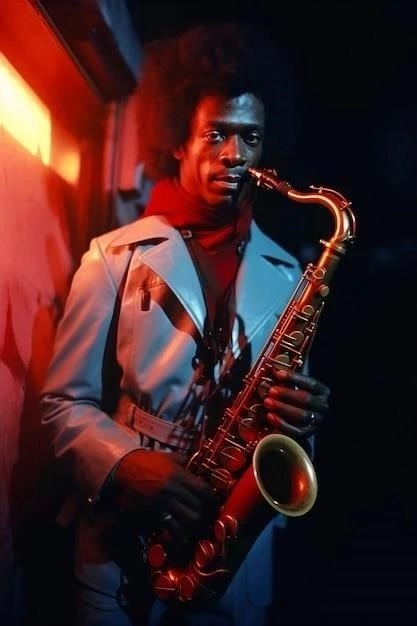
The Blues: Music of Struggle and Hope
Emerging from the depths of the African American experience in the late 19th century, the blues became a poignant expression of sorrow, resilience, and hope. Born amidst the hardship of the post-Civil War South, the blues gave voice to the struggles and aspirations of a people grappling with poverty, discrimination, and the legacy of slavery. Characterized by its soulful vocals, melancholic melodies, and lyrical themes of love, loss, and social injustice, the blues resonated deeply within African American communities.
Utilizing a distinctive musical form characterized by a twelve-bar structure, the blues provided a framework for musicians to improvise and pour their emotions into every note. Legendary blues artists such as Robert Johnson, Muddy Waters, and Bessie Smith poured their hearts into their music, capturing the essence of the African American experience and influencing generations of musicians across genres. The blues would become a cornerstone of American musical identity, its raw emotion and social commentary laying the foundation for the development of jazz, R&B, and rock and roll.
The Rise of Country Music: From Appalachian Folk to Nashville Stars
In the rural heartland of America, a distinct musical tradition emerged, capturing the lives, values, and struggles of the working class: country music. With roots in the folk ballads of European immigrants and the bluesy strains of the African American South, country music found its voice in the Appalachian Mountains, where it was passed down through generations, reflecting the joys and hardships of rural life.
Characterized by its simple instrumentation, heartfelt lyrics, and themes of love, loss, faith, and rural life, country music resonated deeply with audiences far beyond the Appalachian region. The rise of radio in the 1920s brought the music of early country pioneers like the Carter Family and Jimmie Rodgers to national audiences, establishing country music as a major force in American popular culture. The establishment of Nashville, Tennessee, as a hub for country music production further solidified its place in the national consciousness, giving rise to iconic figures like Hank Williams, Patsy Cline, and Johnny Cash, who shaped the genre’s sound and cemented its enduring legacy.
Rock and Roll Revolution: Shaping a Generation
In the post-World War II era, a seismic shift occurred in the landscape of American music with the birth of rock and roll. Fusing the raw energy of rhythm and blues with the country twang of Western swing, rock and roll emerged as a potent expression of youthful rebellion and cultural change. Its driving rhythms, amplified instrumentation, and lyrics that spoke to the experiences and aspirations of teenagers ignited a cultural firestorm, forever altering the trajectory of popular music.
At the forefront of this revolution stood iconic figures like Chuck Berry, Elvis Presley, and Little Richard, who captivated audiences with their electrifying performances and groundbreaking sound. Rock and roll transcended racial barriers, uniting black and white youth in a shared cultural experience that challenged social norms and redefined notions of identity. The rock and roll revolution reverberated far beyond the music industry, leaving an enduring mark on fashion, film, and youth culture, forever shaping the landscape of American society.
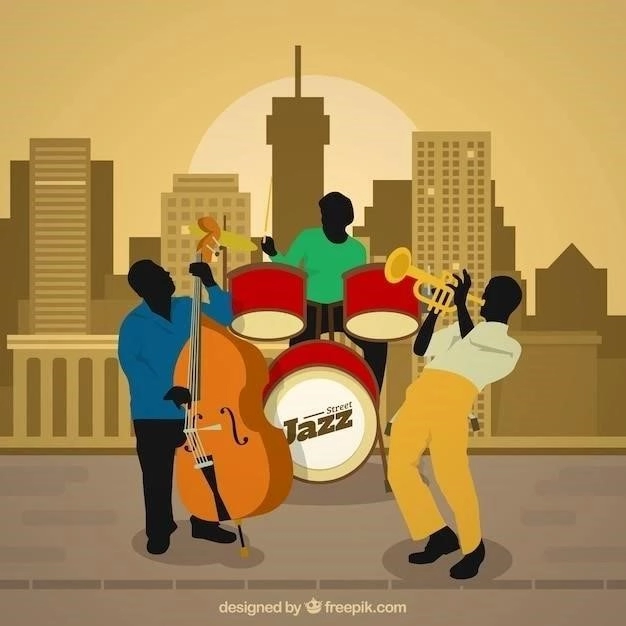
Soul, Funk, and R&B: The Evolution of Black Music
As the Civil Rights Movement swept across America, a new wave of Black music emerged, reflecting the evolving social consciousness and cultural pride of African Americans. Soul music, with its roots in gospel and blues, gave voice to the joys and sorrows of Black life, while emphasizing themes of empowerment, pride, and social justice. Pioneered by legendary artists like Aretha Franklin, Otis Redding, and Marvin Gaye, soul music became a powerful soundtrack for a generation fighting for equality.
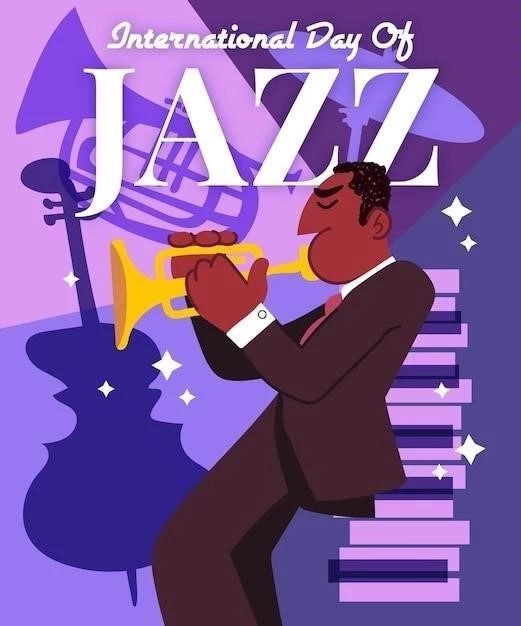
From the soulful foundation of the 1960s, Black music continued to evolve, giving rise to funk in the 1970s. Funk, with its infectious grooves, syncopated rhythms, and emphasis on danceability, created a celebratory and liberating space for Black expression. Artists like James Brown, Parliament-Funkadelic, and Sly and the Family Stone pushed musical boundaries, infusing their music with social commentary, political awareness, and an unbridled sense of joy. Throughout this era, R&B continued to evolve alongside soul and funk, incorporating elements of both genres while maintaining its core focus on love, relationships, and the complexities of human emotion. Together, soul, funk, and R&B formed a dynamic and ever-evolving tapestry of Black musical innovation, shaping the soundscape of American music and influencing countless artists across genres.
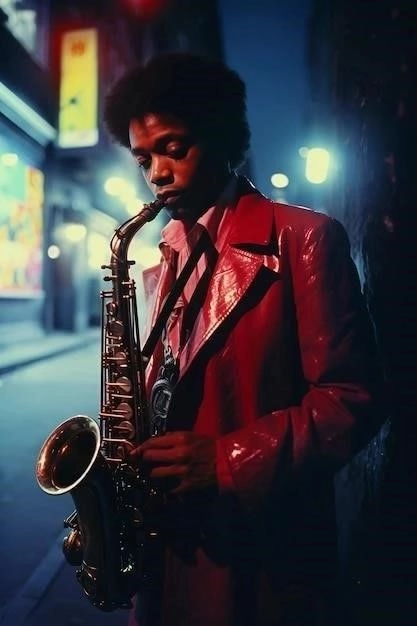
Hip-Hop’s Rise: From the Streets to the Mainstream
From the marginalized streets of the South Bronx emerged a revolutionary musical force that would reshape the sonic landscape: hip-hop. Born amidst the social and economic upheaval of the 1970s, hip-hop arose as a voice for the voiceless, giving expression to the frustrations, dreams, and experiences of Black and Latino youth. Characterized by its rhythmic spoken word delivery, known as rapping, over synthesized beats, DJ scratching, and often-complex lyrical narratives, hip-hop provided an outlet for social commentary, storytelling, and artistic innovation.

Pioneering figures like Grandmaster Flash and the Furious Five, Run-DMC, and Salt-N-Pepa brought hip-hop from park jams and street corners to the national stage, challenging conventions and sparking controversy with their raw energy and unflinching social commentary. As hip-hop evolved, it transcended its urban roots, spreading to every corner of American society and influencing countless aspects of popular culture, from fashion and dance to language and visual arts. Despite facing criticism and resistance, hip-hop’s cultural impact is undeniable, solidifying its place as one of the most influential and enduring musical genres of the late 20th and early 21st centuries.










